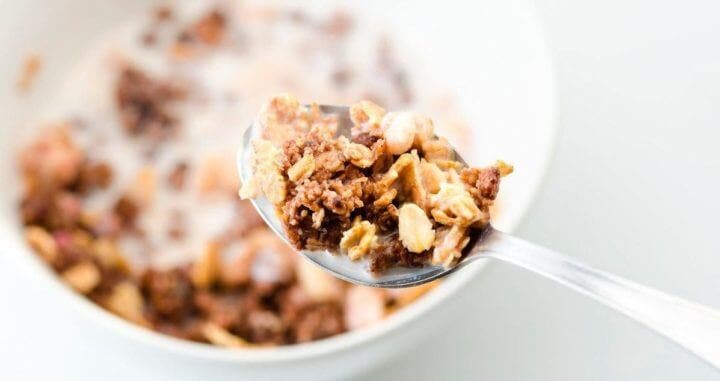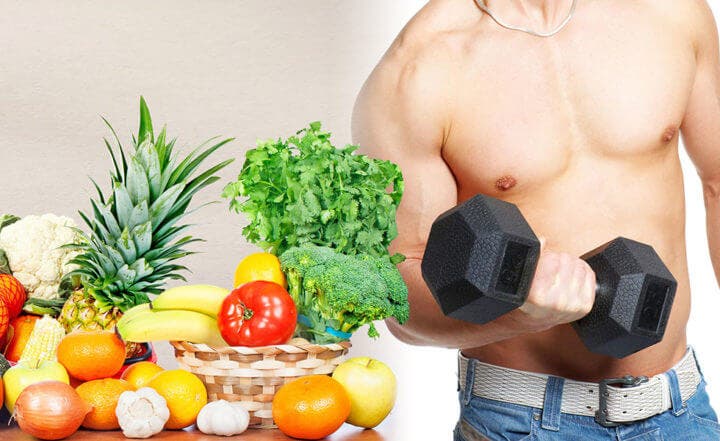There are currently many diets that claim to be able to burn enough calories in a short time , which most of the time they are not.
Although there are some diets that really work, it’s good to be able to identify them. The CICO diet is one of them: its only rule is that you should eat fewer calories than you burn. This is what makes this diet one of the best: its main objective is to keep caloric deficit at bay .
Learn more about this new diet with this guide to the CICO diet .

CICO Diet Guide
1. What is the CICO diet?
The acronym “CICO” stands for “calories in, calories out,” an aphorism that describes the principle of energy balance.
Energy balance is the ratio of the amount of energy you fuel to your body and the energy you burn. This energy is expressed in kilocalories, also known as “calories”, which in turn is defined as the amount of energy it takes to heat one kg of water to one degree centigrade.
As is commonly known, various foods contain varying amounts of calories. For example, walnuts are very energy dense , averaging about 6.5 calories per gram. Celery, on the other hand, contains very little stored energy, with just 0.15 calories per gram.
Now, if you add up the calories from all the foods you eat every day, you will have your total caloric intake. If you add up the amount of energy you burn through basic physiological processes and all physical activity, you will have your Total Daily Energy Expenditure .
In short, the CICO diet consists of people eating fewer calories than they burn, but without restricting any type of food, but the amount of these.

2. Benefits of the CICO diet
2.1 It always works
The most important benefit of the CICO diet is that it really works. It doesn’t matter what your weight is, how long you’ve been overweight, how many diets you’ve tried in the past, or what foods you’ve eaten or are currently eating. If you follow the CICO diet correctly , you will surely lose weight.
The disadvantages of other diets with respect to the CICO diet are the following:
- Limit the variety of foods you can eat (such as the Paleo, Keto, Low Carb, Carnivore, or Mediterranean diet).
- Limit how often you eat daily (intermittent fasting).
- Limit portion sizes of certain foods.

2.2 You can eat the foods you want
When it comes to losing weight, the amount of food you eat is what really matters. The most important thing is that these are healthy and nutritious, but it is also important to remember that everything in excess is bad.
There are many foods that are much easier to overeat than others, this occurs because they normally include more calories and are less filling than others, but they cannot cause excess fat unless they contribute to excess calories (Holt et al. , nineteen ninety five).

3. Disadvantages of the CICO diet
3.1 Increases the risk of nutrient deficiency
The CICO diet is not entirely healthy as it avoids eating whole foods, which increases the risk of nutrient deficiencies, poor health, and longevity.
Many people do not know that it is possible to be a little overweight and healthy , but on the other hand it is also possible to have a normal but unhealthy weight, this is due to a poor diet and not exercising.
If you ditch high-quality fruits, vegetables, whole grains, and protein for unhealthy products, then it’s extremely difficult to get all the vitamins, minerals, and other nutrients your body needs to function properly. This is even more true if you restrict calories to lose weight, as it becomes even more difficult to get all the nutrients your body needs from food.

3.2 It does not allow you to eat enough protein
The main problem with the CICO diet is that it does not offer any guidance when dividing calories into protein, carbohydrates and fat. This is particularly troublesome when it comes to protein intake.
Some studies have confirmed that a high protein diet is superior to a low protein diet in almost all significant respects, and especially in the context of weight loss (Astrup, Raben and Geiker, 2015).
The results show that people who normally consume more protein tend to:
- Lose fat faster (Evans et al., 2012).
- Gain more muscle (Helms, Aragon & Fitschen, 2014).
- Helps burn more calories (Westerterp, 2004).
- It helps to have stronger bones (Helms, Aragon and Fitschen, 2014).
- They have a better frame of mind (Phillips and Van Loon, 2011).

Tips for a healthy diet
The CICO diet is not really a “diet” in the traditional sense; Rather, it is a method that can be applied to any eating strategy you choose. Therefore, when eating it is recommended to maintain an aggressive but not reckless calorie deficit . In other words, it is recommended to eat at least up to 75% of your daily calorie intake.
When eating protein, it is recommended to consume between 0.8 and 1.2 grams of protein for each kg of body weight. This is enough to minimize muscle loss and maximize satiety and the effect of food. On the other hand, if you are very overweight (a man with 25% more body fat or a woman with 30% more), it is recommended to set your protein consumption at 40% of total calories.
It is also recommended to do a lot of exercise, especially those that require weight lifting. A good physical training will help you to be more fit and will help you to burn the excess calories . Plus, it will help you build muscle and strength in many different ways effectively.
Finally, it is recommended to take nutritional supplements, which will provide you with the necessary nutrients that you could not absorb through food consumption.

References
- Astrup, A., Raben, A. and Geiker, N. (2015). The role of higher protein diets in weight control and obesity-related comorbidities. International Journal of Obesity. doi: 10.1038 / ijo.2014.216
- Evans, E., Mojtahedi, M., Thorpe, M., Valentine, R., Kris-Etherton, P. and Layman, D. (2012). Effects of protein intake and gender on body composition changes: a randomized clinical weight loss trial. Nutrition & Metabolism. doi: 10.1186 / 1743-7075-9-55
- Helms, E., Aragon, A. and Fitschen, P. (2014). Evidence-based recommendations for natural bodybuilding contest preparation: nutrition and supplementation. Journal of the International Society of Sports Nutrition . doi: https://doi.org/10.1186/1550-2783-11-20
- Holt, S., Miller, J., Petocz, P. and Farmakalidis, E. (1995). A satiety index of common foods. European Journal of Clinical Nutrition . doi: 107498104
- Phillips, S. and Van Loon, L. (2011). Dietary protein for athletes: from requirements to optimum adaptation. Journal of Sports Scienc is. doi: 10.1080 / 02640414.2011.619204
- Westerterp, K. (2004). Diet induced thermogenesis. Nutrition & Metabolism. doi: 10.1186 / 1743-7075-1-5
